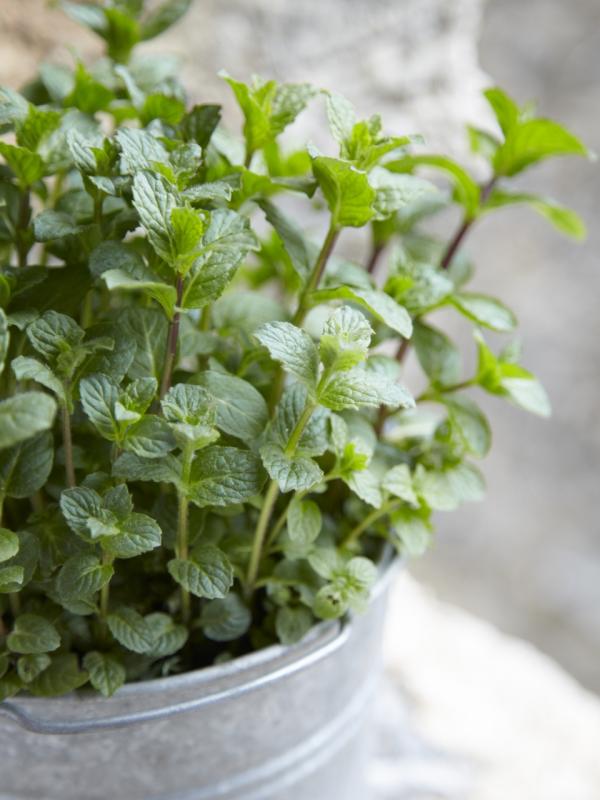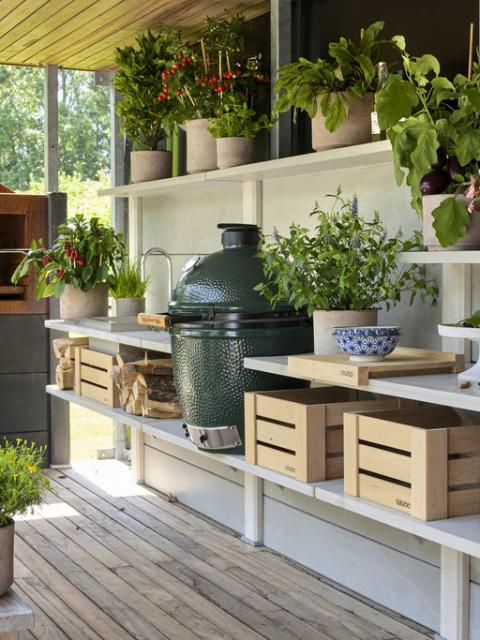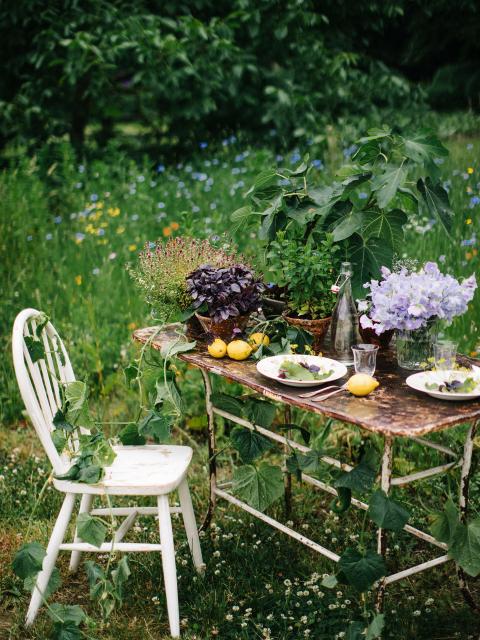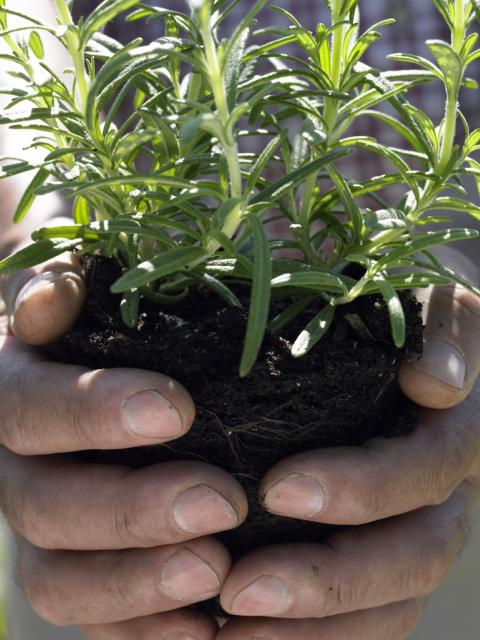With mint (the scientific name is Mentha) you immediately think of fresh green, soft leaves, but the plant also comes in dark green, grey-green, purple, blue and pale yellow. Mint grows to a height of 75 to 90 cm, has square stems and flowers in July and August with pink, purple or white flowers. It’s one of the most decorative herbs around, and it’s a fast grower so that a decent-sized plant offers plenty of leaves for home consumption. It’s also a useful garden plant that repels harmful insects and attracts good ones - butterflies, bumblebees and honeybees - so that the entire natural environment benefits.
Smart survivor
Mint is a member of the deadnettle family and grows everywhere apart from South America and Antarctica. It’s a real survivor: if there’s not enough moisture, the plant dies, but the roots remain on standby until conditions improve. When the soil is damp enough again, the plant will regrow. Alongside the classic mint plant, there are many hybrids which combine the mint taste and smell with those of strawberries, ginger or lemon, for example. It has been one of the most commonly used herbs in the kitchen and the alternative medicine cabinet for centuries.
Trivia
-
In Greek mythology Minthe was a water nymph who Queen Persephone changed into a ‘sweet-smelling plant’ in order to neutralise her seductive talents.
-
As a tea, mint has a calming effect on the stomach and digestion, and menthol - which is made from mint - helps ease the airways.
-
Mint is the herb of hospitality. For that reason the plants are traditionally placed at the front of the home in southern regions.










